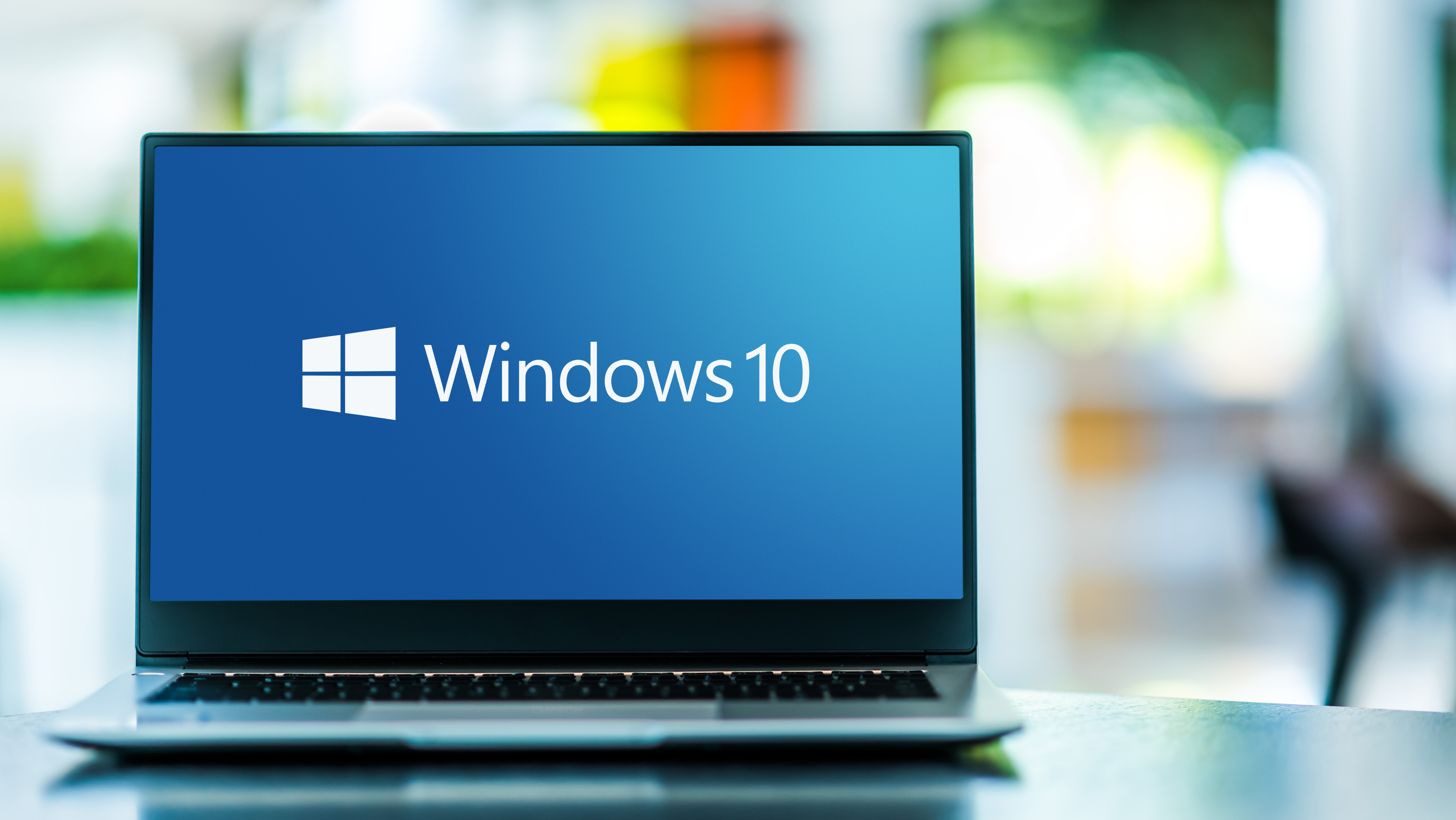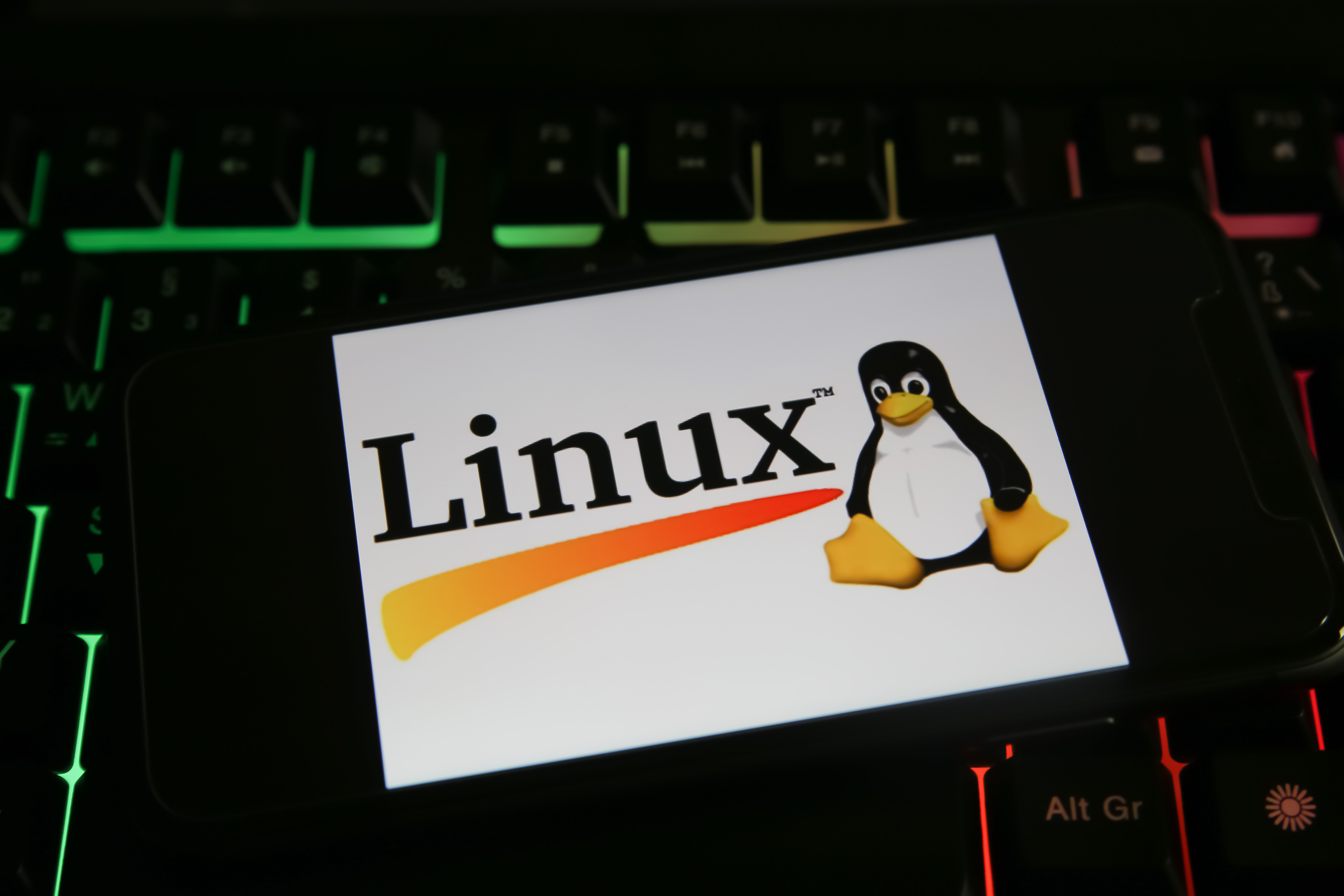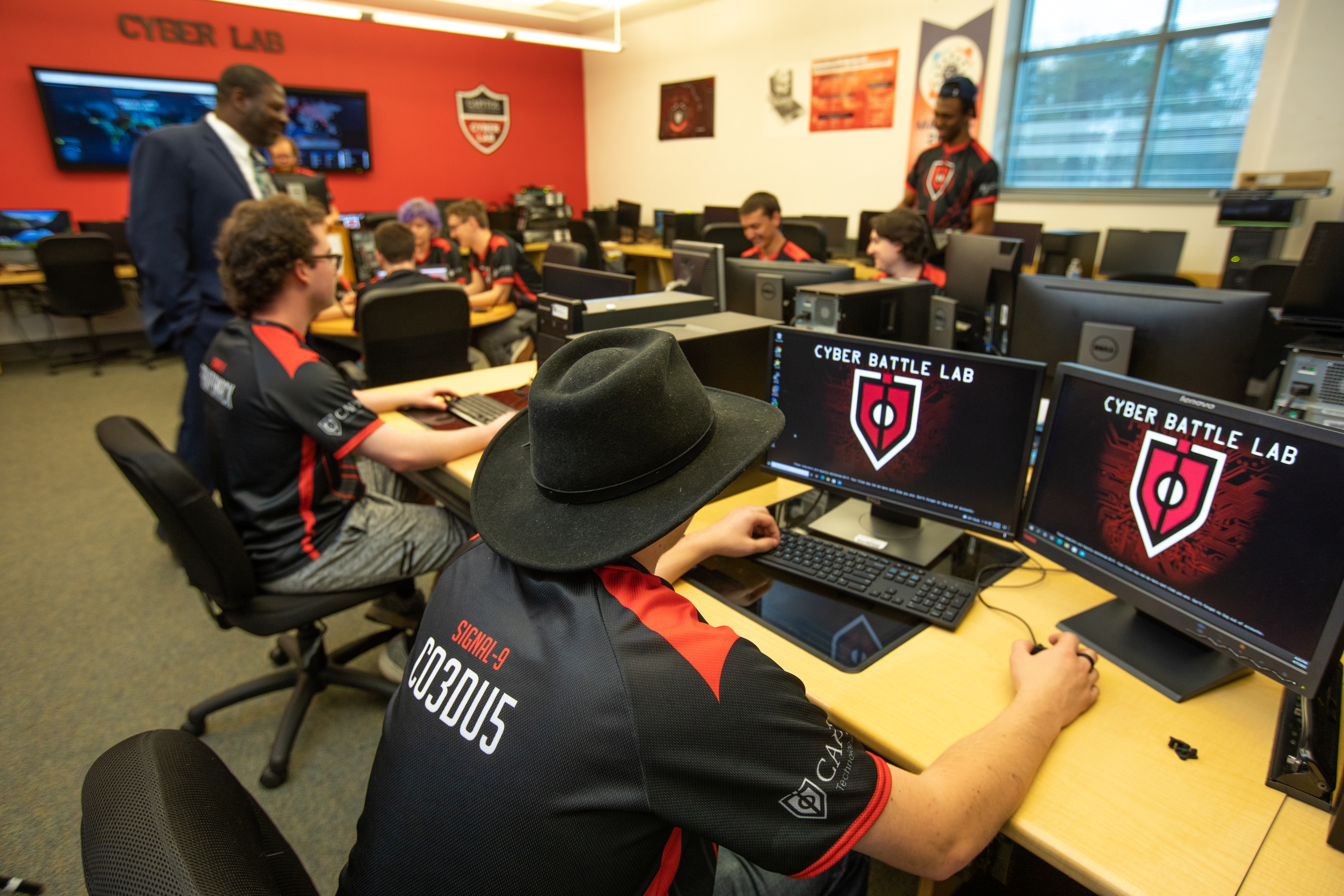Understanding Ransomware: Operating System Vulnerabilities and Protection
August 24, 2023Operating systems serve as the backbone of computer systems, coordinating the interaction between hardware and software and providing the foundation upon which all other applications run. Currently, five major operating systems dominate the vast landscape of computing: Android, Windows, iOS, macOS, and Linux. While each system boasts distinct features, the always present threat of ransomware transcends platforms, targeting them with varying tactics, risks, and outcomes.
Defining Ransomware and Its Impact
Ransomware is a type of malicious software – or malware – that is commonly spread through phishing emails, malicious ads, and unknown automatic downloads. The malware encrypts victims' files or locks their devices, demanding a ransom to release them. If the ransom is not paid, the device may be disabled or the files may be lost permanently. Regardless of the operating system, the impact of a ransomware attack can be severe. Without swift intervention, victims can lose access to critical data, face reputational damage, and suffer financial loss.
There are several types of attacks targeting operating systems, each that has its own unique method but all work toward the same result: pay up.
-
Crypto ransomware is the most common type of ransomware that works by encrypting the victim's personal files.
-
Locker ransomware locks the victim's device.
-
Screen locker ransomware locks the victim's screen.
-
Data wiper ransomware deletes the victim's data.
-
Double extortion ransomware encrypts and steals a copy of the victim's files.
Unique Platforms Present Unique Challenges
The popularity of each operating system can differ based on factors such as region, device type, and user requirements. Different operating systems cater to diverse user needs; Windows and macOS are favored for stability and security, iOS and Android for mobile phones, and Linux for customization and power.
This diversity of systems presents opportunities for ransomware attacks that can target all operating systems or one in particular. Each system has its own strengths and weaknesses for defense.
Microsoft Windows has been a prime target for cyberattacks due to its widespread use, larger user base, and historically less stringent security practices. Known vulnerabilities within the system and the third-party software it often uses can create entry points for attackers. Delayed patching by users and lax default security settings contribute to these risks, leaving users most susceptible to crypto, data wiper, and double extortion ransomware. However, Microsoft has made significant efforts to improve security over the years, including regular updates, enhanced security features, and security awareness campaigns.
Though Linux is run on only 3% of desktops, it accounts for nearly 80% of web servers and is the backbone of the internet. Attacks on Linux systems are becoming more common for attackers seeking access to this critical infrastructure. Linux is often considered more secure due to its open-source nature and strong security model, but misconfigurations, compromised user accounts, unpatched software, and outdated libraries can be exploited by attackers.
Historically, macOS and iOS have been targeted less often partly due to its Unix-based architecture and tightly controlled app ecosystem. However, these measures are not foolproof and perhaps provide users with a false sense of security. Now, macOS is garnering more attention from cybercriminals as its user base grows, with locker and data wiper ransomware attacks becoming more frequent.
Android is the most popular mobile operating system, making it a prime target for mobile-focused cyberattacks, most notably screen locker attacks. Its open nature, diverse devices, and user behaviors – like delaying system updates – can make it vulnerable to attack.
All operating systems are vulnerable to cyberattacks, but their susceptibility varies based on factors like user behavior, popularity, and security practices. Regular updates, proper configuration, user education, and adherence to security best practices are essential to mitigating risks across all platforms.
A Shifting Landscape
Ransomware attacks span operating systems. While differences exist in their vulnerabilities and risk factors, new ransomware variants are being created at an incredible pace, leaving a clear message that no operating system is immune from attack. Whether encrypting files or locking devices, ransomware's menace underscores the urgency of robust cyber protection across all operating systems. By understanding these risks, implementing preventive measures, and fostering a security-conscious culture, users and organizations can bolster their cyber defenses against ransomware's evolving threat.
For those who want to help defend against ransomware attacks on Linux and other operating systems, Capitol Technology University offers degrees in cybersecurity that can strengthen your ability to fight back.
For more information, visit the Capitol website or contact our Admissions team at admissions@captechu.edu.






